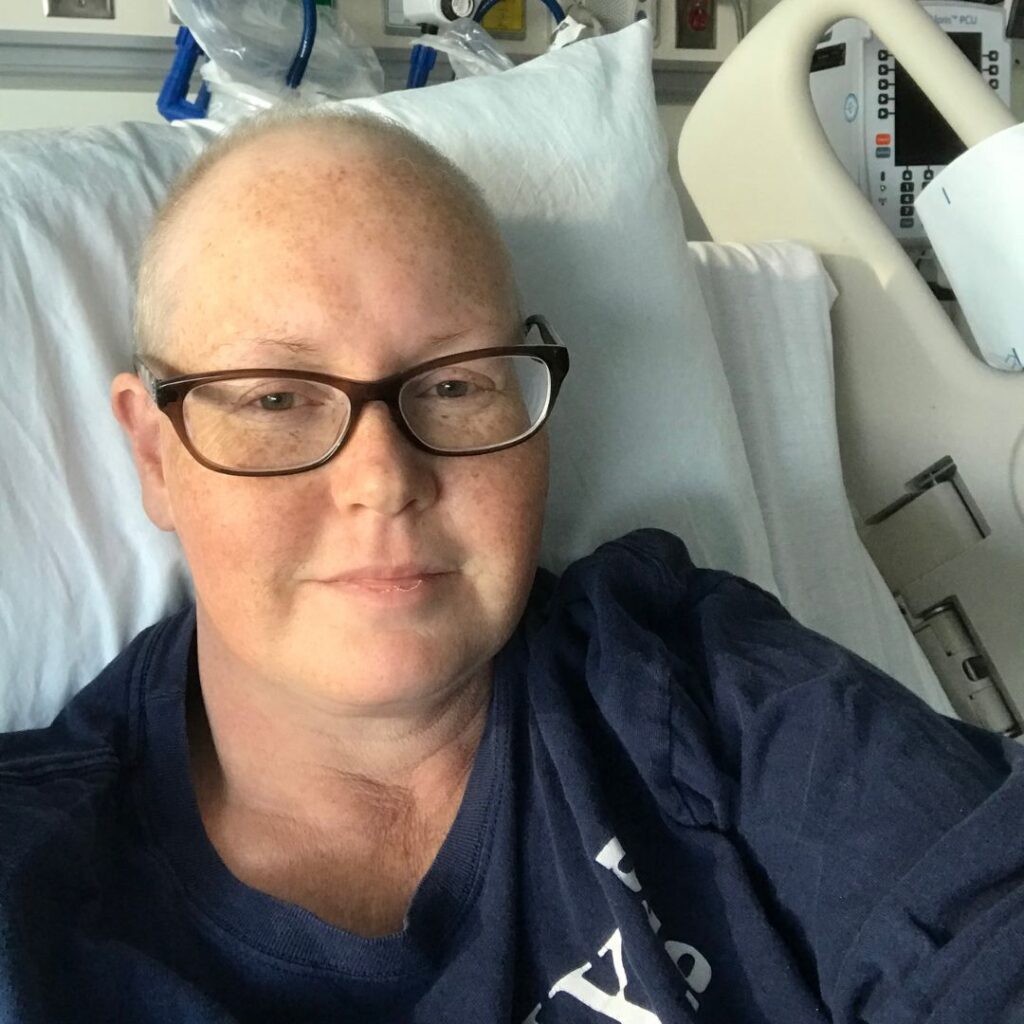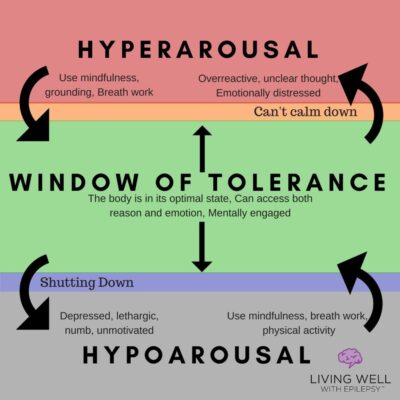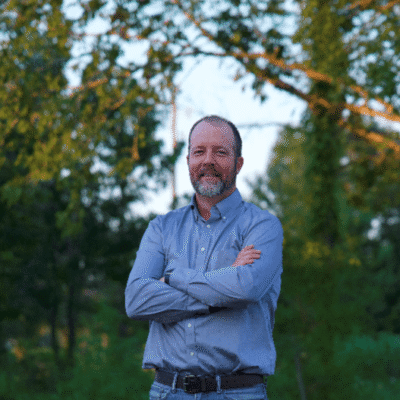 What’s my deal with SUDEP Research
What’s my deal with SUDEP Research
As I begin, let’s bear in mind I go for my next chemo infusion tomorrow for Stage 3C Ovarian Cancer. Before I ever started treatment, I knew what my cancer tumor marker was (CA125) and I knew my “relative 5-year survival rate” was 39%. Whereas, I have several of the risk factors for SUDEP or Sudden Unexplained Death in Epilepsy (according to the CDC), yet I’ve been living with epilepsy for ~40 years with no information on my life expectancy or level of risk for SUDEP. If you read on you will find that recent SUDEP Research shows that 29% of deaths in epilepsy can be attributed to SUDEP. So why has it taken 40+ years to figure this out and why is nobody talking about this. Let’s break it down.
SUDEP Risk Factors
The main risk factors for SUDEP are:
- Uncontrolled or frequent seizures
- Generalized convulsive (also called tonic-clonic or grand mal) seizures
Other possible risk factors may include
- Seizures that begin at a young age.
- Many years of living with epilepsy.
- Missed doses of medicine.
- Drinking alcohol.
*My personal risk factors are in bold. There are also some SUDEP researchers evaluating cardiac and respiratory risk factors as well. So, considering my dad had his first heart attack at 32 and more cardiac issues later in life I can probably consider that another risk factor.
My beef with SUDEP Research
Research is super. No seriously research is great. But it is slow. In the meantime, doctors are not even using the word SUDEP with newly diagnosed patients. As you might expect, I’m an impatient patient.
And more to the point, the statistics are represented in this way:
“Studies suggest that the all-cause and
SUDEP mortality rates are 1.7 per 1000 person-years”
What the absolute heck does that mean? I mean to me personally. Not for your study. I mean for me, you know the person actually living with the disease. If someone reading this would like to translate this statement from 1000 person-years into relative #of years survival rate that would be amazing.
Please surprise me.
Doctors aren’t talking about SUDEP
In cancer, doctors talk about mortality all the time. In AIDS doctors talk about mortality all the time. In Cardiology doctors talk about mortality all the time. Yet, in neurology, and in epilepsy specifically, there is a hesitancy to talk about mortality.
One of my very first questions to my pediatric neurologist was “will I die.” The straight answer was no. Sure I was 12, but I knew enough to ask. Now should this answer have been couched in some level of truth? Yes probably. Should my doctor have said it’s a possibility? Yes. Full stop.
Should she have told me and my parents that seizures which last too long can be very dangerous? And if you do not take your meds when you should, you are more at risk to have a seizure that could put you in what we call status epilepticus. This is a very long an very dangerous type of seizure. You could also be at risk for seizure clusters. (by the way I experienced both in my teens – though my parents never had info on either).
At least then, we would have had a sense of urgency that this is an important matter.
Under-use of SUDEP as a cause of death
According to a study published in the journal Epilepsy Research, “Prevalence data for sudden unexplained death in epilepsy (SUDEP) are hampered by its underuse as a final diagnosis on death certificates in appropriate cases. Few data exist about how coroners (COs) and medical examiners (MEs) in the United States use the diagnosis of SUDEP.”
In an effort to combat this under-use of SUDEP as a cause of death, members of the National Association of Medical Examiners, North American SUDEP Registry, Epilepsy Foundation SUDEP Institute, American Epilepsy Society, and the Centers for Disease Control and Prevention convened an expert panel in 2018. Their goal was to generate evidence-based recommendations for the practice of death investigation and autopsy, toxicological analysis, interpretation of autopsy and toxicology findings, and death certification in cases where SUDEP could be present.
They hoped to improve the precision of death certificate data available for public health surveillance of epilepsy-related deaths. The recommendations provided in the position paper generated by this panel was intended to assist medical examiners, coroners, and death investigators when a sudden, unexpected death in a person with epilepsy is encountered. It is unclear at this date whether or not these guidelines have improved reporting.
LINK TO FULL POSITION PAPERWhat we do know
However, Elizabeth Donner, MD, M.Sc., FRCPC, Director, Comprehensive Epilepsy Program at The Hospital for Sick Children, and Michael Bahen Chair in Epilepsy Research, University of Toronto, a leading researcher in SUDEP, published a study in Epilepsia looking at “Autopsy-reported cause of death in a population-based cohort of sudden unexpected death in epilepsy.”
This original research reviewed 15,229 case summaries of forensic autopsies conducted in Ontario, Canada between January 2014 and June 2016. These case summaries were retrospectively screened using a language processing script for decedents with a history of epilepsy or seizures. Case summaries then received a secondary manual review for potential SUDEP cases by two neurologists who independently examined the autopsy reports and classified deaths by Nashef criteria.
LINK TO PAPER29% of deaths in epilepsy (wait what?)
This review resulted in 485 Cases with a history of epilepsy or seizure. From that group cases were reviewed by the two neurologists mentioned above to determine whether cases were: Definite SUDEP (108), SUDEP Plus (34), Possible SUDEP, Probable SUDEP, and Near SUDEP. For the purposes of this post I will only include those cases which were determined to be Definite SUDEP and SUDEP Plus. (have linked to the supplementary documentation showing these numbers from the study.)
Here we go with a word problem:
If the total number of epilepsy cases = 485
And the total number of Definite SUDEP + SUDEP Plus cases = 142
QUESTION 1: Can we estimate a percentage of SUDEP deaths from this sample of 485 epilepsy cases found among 15,229 case summaries of forensic autopsies?
- I believe we can. And we should.
- The estimated percentage of SUDEP Deaths is representative of 29% of deaths in epilepsy as seen in this sample
- Consider: SUDEP was still vastly undercounted between January 2014 and June 2016.
QUESTION 2: Can we also estimate the percentage of epilepsy cases as compared to the broader population using this sample?
If the total number of reviewed case summaries of forensic autopsies conducted in Ontario, CAN between Jan. 2014 and Jun. 2016 = 15,229
And the total number of confirmed case summaries with a history of epilepsy or seizure = 485
- I believe we can. And we should.
- The estimated percentage of epilepsy cases as compared to the broader population is much closer to 3.1% of the population.
- Consider: Currently the WHO, CDC and Epilepsy Foundation are using the outdated statistic of 1.4% of the population.
It’s time for changes
As I mentioned in a previous article, Mary Lasker was outraged in the 1970’s when she discovered that no organizations were committing 500K (at least as much as a toothpaste ad campaign at the time) when her housekeeper was diagnosed with uterine cancer.
It’s time for epilepsy to have a proper count of cases world wide.
- Can this not be generated in some way through electronic medical records? I’d love to hear from someone at HIMSS, BIO or even the EHR Association on this.
It’s time for epilepsy to have a proper count of SUDEP cases world wide.
- Has anything been done to follow up on the position paper to ensure there is an increased use of SUDEP as a cause of death?
It’s time to have a proper life expectancy and staging as in cancer.
I’d love to hear your thoughts on this.









nancy
When my adult daughter had her first video EEG at Stanford , we were “fortunate” enough to capture 5 tonic clonic seizures, lasting 5 to 20 minutes each. All happened in her sleep. In several of them, her EEG “flatlined” toward the end of the seizure. The epileptologist told me that having tonic clonic seizures when asleep, and having an EEG that flatlines, are both risk factors for SUDEP.
Jessica K. Smith
Nancy,
Thank you so much for your comment. You are always welcome to share your experiences in a full post. I’ve included the link to submit here:
https://livingwellwithepilepsy.com/share-your-epilepsy-experience
You may want to connect with the Danny Did Foundation. They have some great resources that may give you a tiny bit of piece of mind: https://www.dannydid.org/epilepsy-sudep/devices-technology/
They can also connect you with grants to access the devices and technology if price is a factor.
I’m so glad you reached out. I would encourage you to continue the conversation in earnest with your doctor. – Jessica